week_10
Applications and Implications
Propose a final project masterpiece that integrates the range of units covered, answering:
This week's assignment was actually very helpful because it was all about answering questions related to my final project which helped me think about more details and hence do a deeper research and the questions were like my guidelines.
In China, electricity safety is a serious problem, especially in recent years, there have been a number of electricity safety accidents, which have caused a great loss of personnel and property.
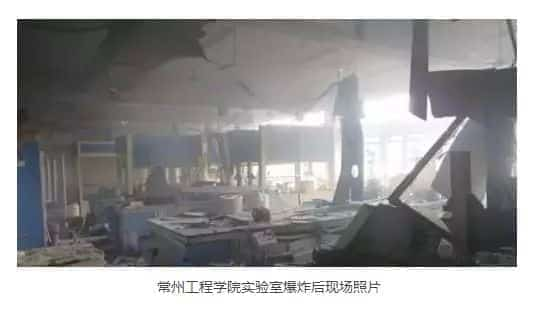
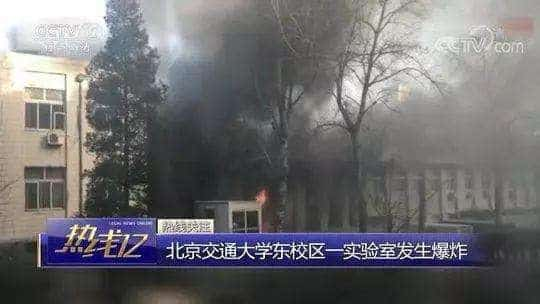
I want to make a smart socket which can be switched on and off by sensing light intensity. And also, it can be help you to control your appliance from wherever you are through the wifi / internet control. Just connect the smart socket to the original socket on the wall to start using immediately. So, it can be plugged into any of the existing ones.
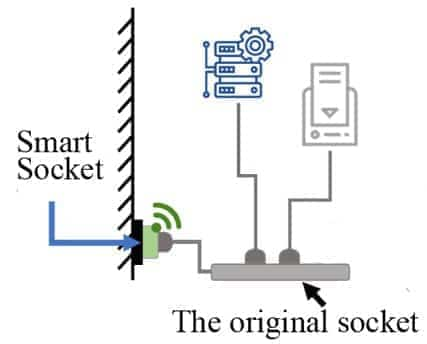
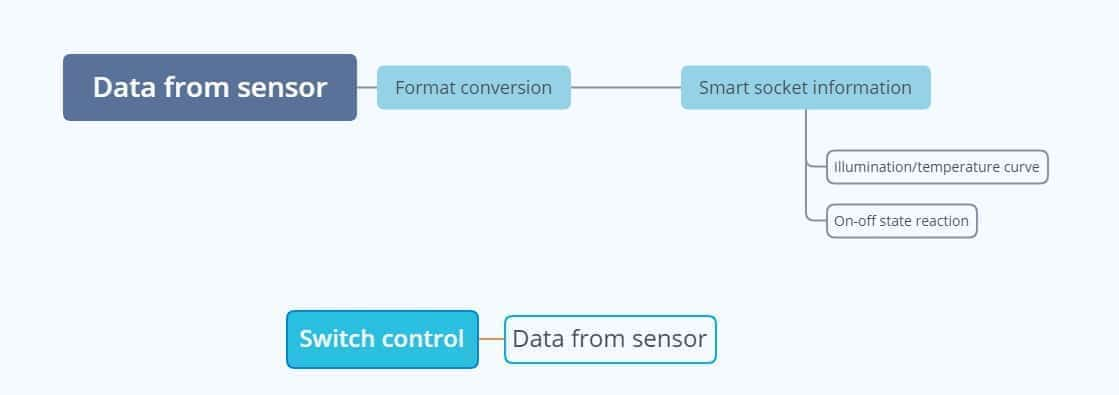

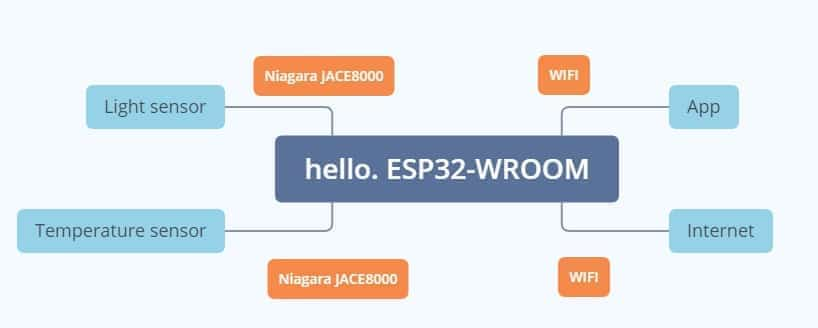
The smart socket is a smart switch controller which give by intelligent. According to different control media, it can be divided into the following control modes:
1) Infrared remote control
Infrared technology has a long history and is relatively mature. But it has direction limitation which is easy to be interfered in too much infrared equipment.
2) Bluetooth remote control
Generally, it generally controlled by mobile phone. Compared with infrared technology, it has advantages because of fast transmission speed, long distance and high security. But it is difficult to achieve remote control. Moreover, Bluetooth signal is easy to be interfered by WIFI signal of 2.4G in the home.
3) GSM technology
The socket is controlled by the mobile phone which has the SIM card or other communication tool with the GSM communication module. The advantage is that can realize the long-distance communication. But in the communication process, it will produce the traffic cost or the short message cost, and it will bring the expensive expense in the use process.
4) The WIFI technology
Mobile phones, computers and other devices connect to wireless signals through wireless modules and send instructions to the designated IP address to control the smart socket. This method can achieve remote control without additional costs.
The present of most smart sockets (such as xiaomi smart sockets and Huawei smart sockets) can only achieve timing switch and remote control, but cannot be smart switch according to the illumination.
A student in Fab Academy 2016 Easwaran also made a WIFI /internet-controlled power socket which can be plugged into any of the existing ones. So, the devices connected to these can be remotely switched on and off. He used the ESP8266 Wi-Fi Module for networking and used Atmega 328P as the controller.
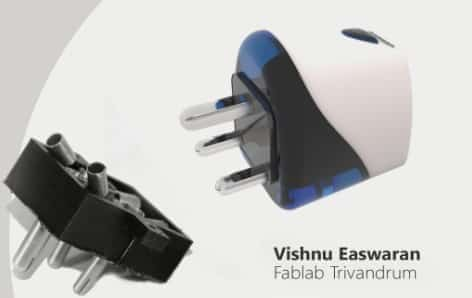
ESP32-WROOM-32 is a versatile WIFI +BT+BLE+MCU module and which is powerful and versatile for low-power sensor networks and demanding tasks. Such as voice coding, audio streaming and MP3 decoding. The hardware configuration is as follows:
1) Module interface: SD card, UART, SPI, SDIO, I2C, LED PWM, motor PWM, I2S, IR, Pulse counter, GPIO, capacitive touch sensor, ADC, DAC.
2) On-chip sensor: hall sensor.
3) On-board clock: 40 MHz crystal oscillator.
4) Working voltage/supply voltage: 2.7v ~ 3.6v.
5) Average working current: 80 mA.
6) Minimum supply current: 500 mA.
7) Recommended operating temperature range: -40 °C ~ +85°C.
8) Package size :(18.00±0.10) mm x (25.50±0.10) mm x (3.10±0.10) mm.
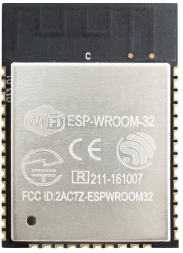
The JACE8000 controller's new modular design makes it easier to install, integrate, and deploy. Standard WIFI offers enhanced wireless access, which can be configured as a WIFI access point, and phones and tablets can easily be used as terminal devices to provide a visual interface.
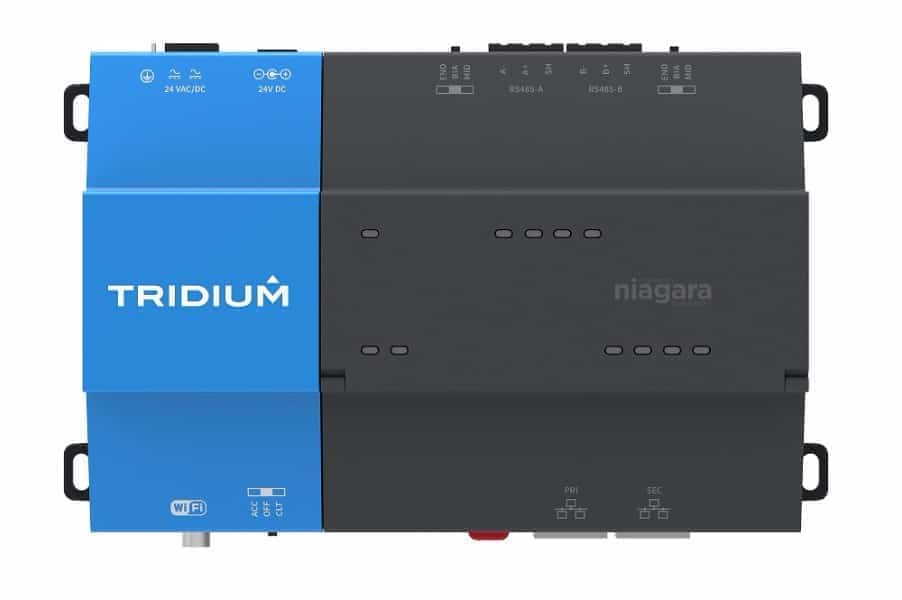
1) WIFI Module: hello. ESP32-WROOM (which will made by week_12);
2) Microcontroller: ATtiny45 (make the sensor module) and Atmega 328P (data processing and transmission center);
3) Light sensor: hello.temp.45 (which will made by week_10);
4) Temperature sensor: hello.temp.45 (which will made by week_10);
5) RM (relay module)
6) A shell of socket which design and fabricate by me.
7) Key
8) Server: a raspberry pi or Niagara JACE8000 which made by Honeywell.
9) Tools and machine: 3D printer (printing the key and the shell of socket), Laser cutter/ CNC milling (logos), SRM milling machine (making the board), Screwdriver, Soldering iron, Multimeter, etc.
Basic electrical components and the relay module are purchased through Taobao website in China. The WIFI module, light sensor and temperature sensor will be made by myself in week_12 and week_10. The server will be setup in a raspberry pi or Niagara JACE8000 which made by Honeywell.
The entire material cost for the final project should be below 1000 RMB. The major cost is caused by the microcontroller, the ESP32-WROOM and the relay module.
1) WIFI Module: hello. ESP32-WROOM board;
2) Control Panel;
3) Sensor board: hello.temp.45 board and hello.temp.45 board;
4) The power socket (the shell part and the key part);
5) Adapting pieces.
I will be using different techniques with this project including:
1) Additive Manufacturing (3D Printing): the shell part and the key part.
2) Subtractive Manufacturing (Laser Cutting & CNC Milling): logos.
3) Electronics Design & Production: Control Panel.
4) Embedded Programming.
5) Input Devices: hello.temp.45 board and hello.temp.45 board.
6) Networking and communications: hello. ESP32-WROOM board.
7) Assemble all parts.
8) Test.
9) Software: AutoCAD, UG NX, Eagle, Atmel studio, Arduino.
The main questions to ask are the following:
1) How does the machine work?
2) When the illumination exceeds a certain value or is below a certain value, whether the smart socket automatically power off/on?
3) When the temperature is above a certain value or below a certain value, whether the smart socket automatically power off/on?
4) Will the smart socket be remote controlled automatic or timing switch?
All these questions will be answered on the final project page.
1) I will work in three parts which is the design and production, programming and testing. All of these works will be finished by 15 July.
2) Finish the project by 22th July.
3) Finish documentation by 22th July
4) Presentation on 22th July.
It should be evaluated as a project for the ordinary, hassle free to use and safety to use. The smart socket can transmit the data via temperature and humidity sensor to the LCD screen for display. The smart socket can also upload sensor data to the Internet of Things platform via Wi-Fi module, and switch on and off the remote-control socket via Wi-Fi.